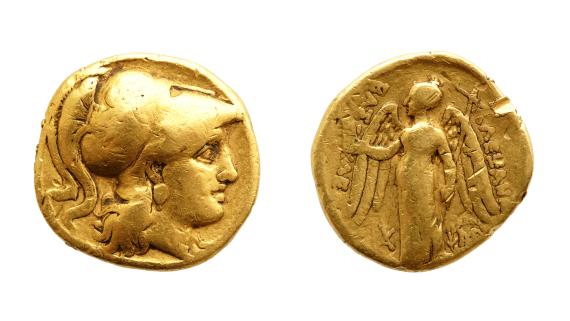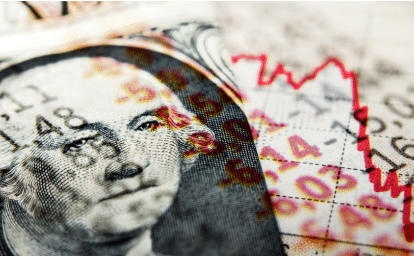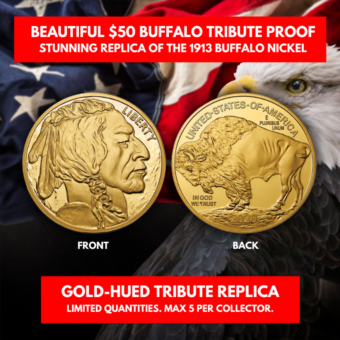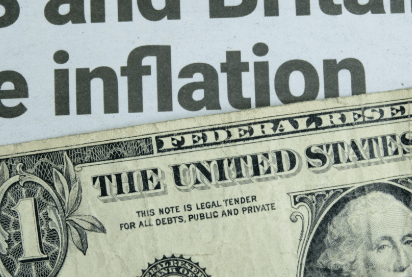
The History Of Money And Gold In England: A Timeline
EDITOR'S NOTE: Gold has been a valuable and sought-after precious metal for thousands of years. Throughout history, gold has been used for various purposes, from jewelry to decoration to currency. In fact, gold has played a crucial role in the development of modern economies, and has been used as a currency for centuries. In this article, we explore the history of gold as a currency, from its earliest use in ancient civilizations to its role in today's global financial system. We'll discuss how gold was first used as a form of money, why it became popular, how it was standardized and regulated, and how it has been used throughout history to support national economies. Whether you're interested in the economics of gold or simply curious about its rich history, this article will provide a fascinating insight into one of the world's most valuable and enduring assets.
Gold has always played an important role in the international monetary system. Gold coins were first struck on the order of King Croesus of Lydia (an area that is now part of Turkey), around 550 BC.
They circulated as currency in many countries before the introduction of paper money. Once paper money was introduced, currencies still maintained an explicit link to gold (the paper being exchangeable for gold on demand).
Source: World Gold Council
By the late 19th Century, many of the world’s major currencies were fixed to gold at a set price per ounce, under the ‘Gold Standard’ and this persisted in different forms for about one hundred years.
To aid further research by scholars, journalists and all those interested in gold’s monetary role, the World Gold Council commissioned a compilation of extracts from key historical documents from 1660 to 1999.
Citations are provided for every source so as to facilitate the reader's further research. These documents are therefore a valuable resource for researchers who seek even more in-depth knowledge of the history of money and gold.
Approximately 150 documents are divided into three sections that correspond roughly with the changing position of gold in the international economic system.
The Rise of the Gold Standard, 1660 - 1819, The Heyday of the Gold Standard, 1820 - 1930 and After the Gold Standard, 1931 - 1999 :
Covering the period from the mid-17th century through to the British Government's decision to allow the free exchange of paper, money and gold, and presenting documents, primarily from the UK, that relate to the establishment of gold coinage as the centrepiece of the British financial system. The documents contained here address four themes: the legal position of gold coinage; popular views of gold; technologies of gold coinage; and early theoretical evaluations of the gold standard.
- 1660. May 21.
-
Resolution of the House of Commons to prohibit the exportation of money and bullion from England.
- 1660. Dec 11.
-
1662. Dec 20.
-
'An Act to prevent the Inconvenience arising by melting the Silver Coin of this Realm'.
1663. May 19.
-
1663. Aug 1.
-
1664.
-
Excerpt from a report on the state of the Royal Mint.
1666. Dec 20.
-
'An Act for Encourageing of Coynage'.
1667. Jun-Oct.
-
1672.
-
'An Act for continuing a former concerning Coynage'.
1674.
-
1676.
-
1690. Apr 9.
-
1690. May 8.
-
1690. Dec 6.
-
1691. Dec 30.
-
1692.
-
1694. Apr 25.
-
1695. Jan 8.
-
1695. Jul 3.
-
1695. Dec 10.
-
1695.
-
1696. Jan 17.
-
'An Act for Remedying the Ill State of the Coin of the Kingdom'.
1696. Feb 15.
-
1696. Feb 24.
-
1696. Apr 10.
-
1696. Oct 23.
-
'An Act for Importing and Coining Guineas and Half-guineas'.
1698. Sep 19.
-
1698. Sep 22.
-
c.1700
-
1701. Jan 20.
-
1701. Sep 28.
-
1702. Jul 7.
-
1705.
-
Excerpt from John Law's famous tract Money and trade considered
1710. Dec 31.
-
1717. Sep 21.
-
1717. Dec 22.
-
1717. Dec 31.
-
1718. Oct 20.
-
Memorandum containing Sir Isaac Newton's observations on the state of the gold and silver coins.
1720. Mar-Nov
-
1730.
-
1734.
-
Excerpt from Richard Cantillon's Essai sur la nature du commerce en général.
1735. various
-
1752.
-
'On the Balance of Trade' by David Hume.
1792. Apr 2.
-
Coinage Act of 1792, United States.
1797. Feb 27.
-
Newspaper account of a Council decision to suspend cash payments by the Bank of England.
1797. Feb 28.
-
1797. Feb 28
-
Newspaper account of the suspension of cash payments by the Bank of England.
1810. Jun 8.
-
Select Committee on High Price of Gold Bullion.
1811. Jul 9.
-
1812. Mar 20.
-
1816. May 31.
-
1819. Apr 5.
-
1819. May 19.
-
1819. May 21.
-
Representation of the Bank of England on the Expediency of resuming Cash Payments.
Originally published on: World Gold Council











